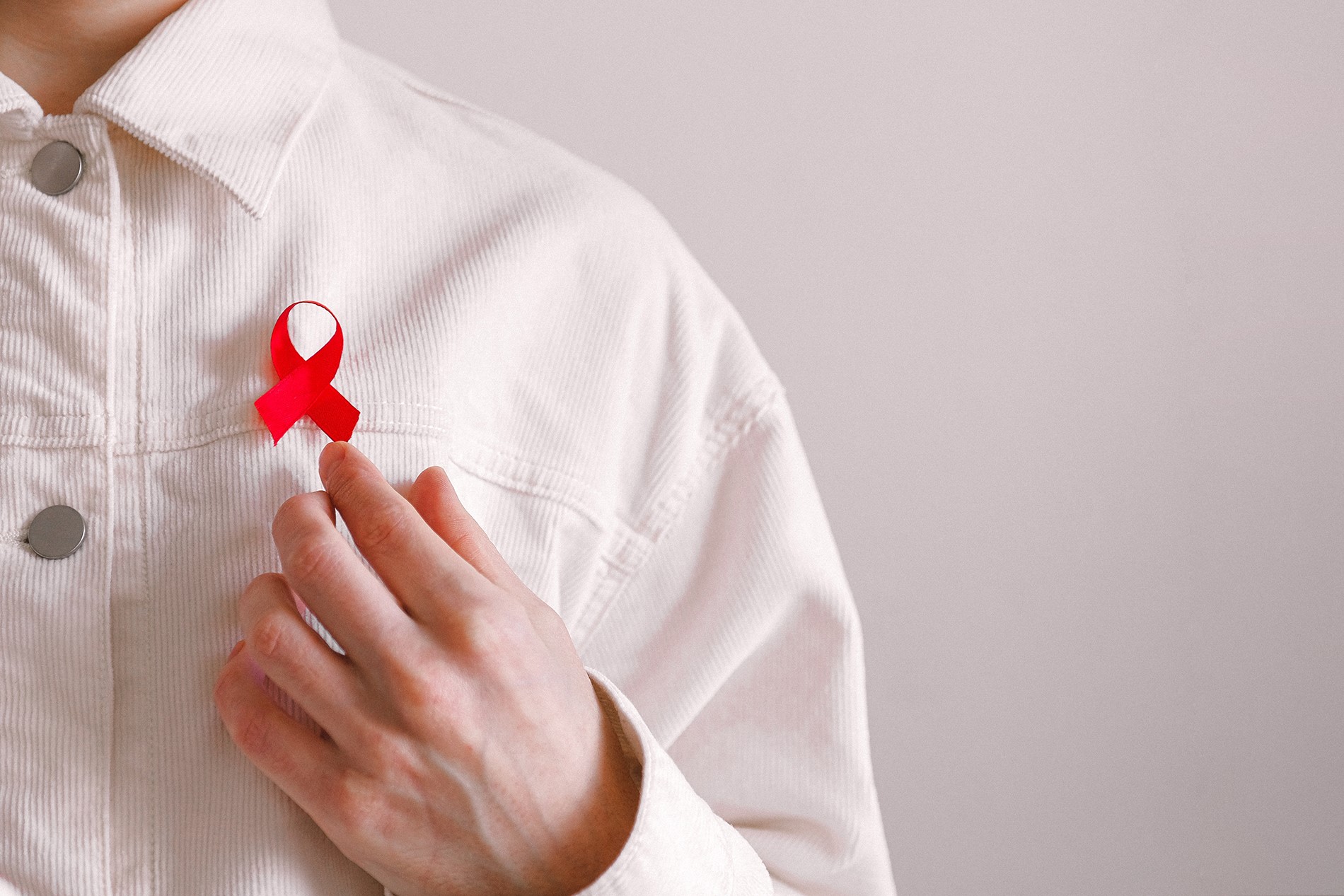Local HIV transmission decline is great news - despite overall increase in cases
This article was published in 2020. To maintain an accurate record of our history, we have kept references to previous organisation names and terms such as New Zealand AIDS Foundation, Ending HIV and Love Your Condom.
The latest HIV numbers out of the University of Otago AIDS Epidemiology Group may appear at first glance to be a disheartening increase in cases. However, continued decline among cases acquired in New Zealand suggests we remain on a path to ending local HIV transmission.
A total of 212 cases were notified for 2019 - an increase from the 185 reported in 2018 and 201 in 2017. However, the number of locally acquired infections, especially among men who have sex with men (MSM), has continued to decrease.
In 2019, 58 MSM were diagnosed with HIV and thought to have contracted the virus in New Zealand, a 6.5% decrease from 2018 numbers.
New Zealand AIDS Foundation (NZAF) Chief Executive Dr Jason Myers says the 2019 data is rather complex, but the insights drawn at the outset are encouraging.
“While there is a lot more to unpack in this data, by looking at the local infection results I believe this means we are seeing the continued impact of local HIV prevention and HIV testing efforts – which is great news. New Zealanders can take heart in these results as they will only strengthen our resolve to finish the work we’ve started.
“With a continued decline in local infections among men who have sex with men, who are historically overrepresented in HIV stats and most at risk of transmission – we once again have a sign that we are starting to halt the epidemic,” says Dr Myers.
With a larger proportion of 2019’s HIV notifications being for people previously diagnosed overseas, there is responsibility to counter any xenophobic sentiment in response to the data.
“It would be remiss of me not to address some important stigma pieces and reiterate to the people of Aotearoa that people living with HIV who are receiving effective treatment cannot transmit HIV sexually. Therefore, anyone coming into the country previously diagnosed overseas – many of whom will be Kiwis returning to Aotearoa – will be able to access treatment and there will be no impact on HIV transmission here.
“While we will definitely need to look into why more people are acquiring HIV overseas – this is no reason to entertain any prejudice about those coming to our shores,” says Dr Myers.
With Kiwis’ heightened awareness of public health in light of COVID-19, it is more important than ever for all New Zealanders to understand HIV-prevention and the realities of HIV-stigma for Aotearoa to continue to be a world leader in infectious disease response.
“As we emerge from the stricter alert levels of the COVID-19 response, Kiwis have a timely opportunity to essentially break the chain of HIV transmission in our communities by getting tested for HIV and other STIs before engaging in casual sex post-lockdown. While we won’t know the extent of the impact made on transmissions during lockdown until data for this period is captured and studied – we are confident it will have made a difference,” says Dr Myers.”
Key data (01 January 2019 – 31 December 2019):
- A total of 76 locally acquired HIV infections in 2019, compared to 78 in 2018 – a 2.6% decrease overall
- An overall increase of 58% in the number of infections first diagnosed overseas
- A 6.5% decrease in locally acquired HIV diagnoses among MSM
- A total of 3 notifications of infections linked to intravenous drug use (IDU). Only 1 of these was a locally acquired case – and none were linked to combined IDU and homosexual contact
- No cases of transmission between pregnant person and child
- Despite overall increase, 2019 data still shows a 15% decrease from the concerning peak in notifications in 2016


